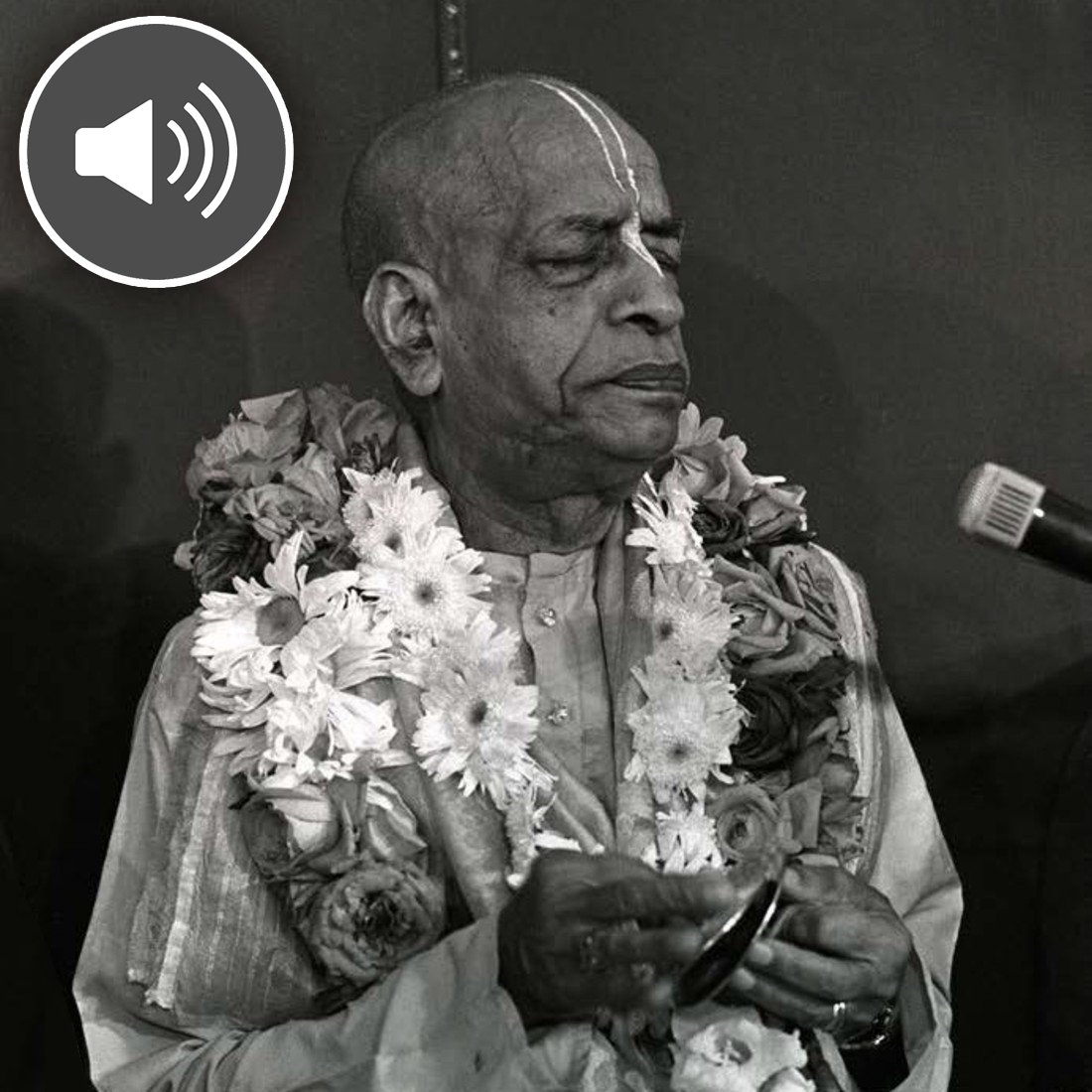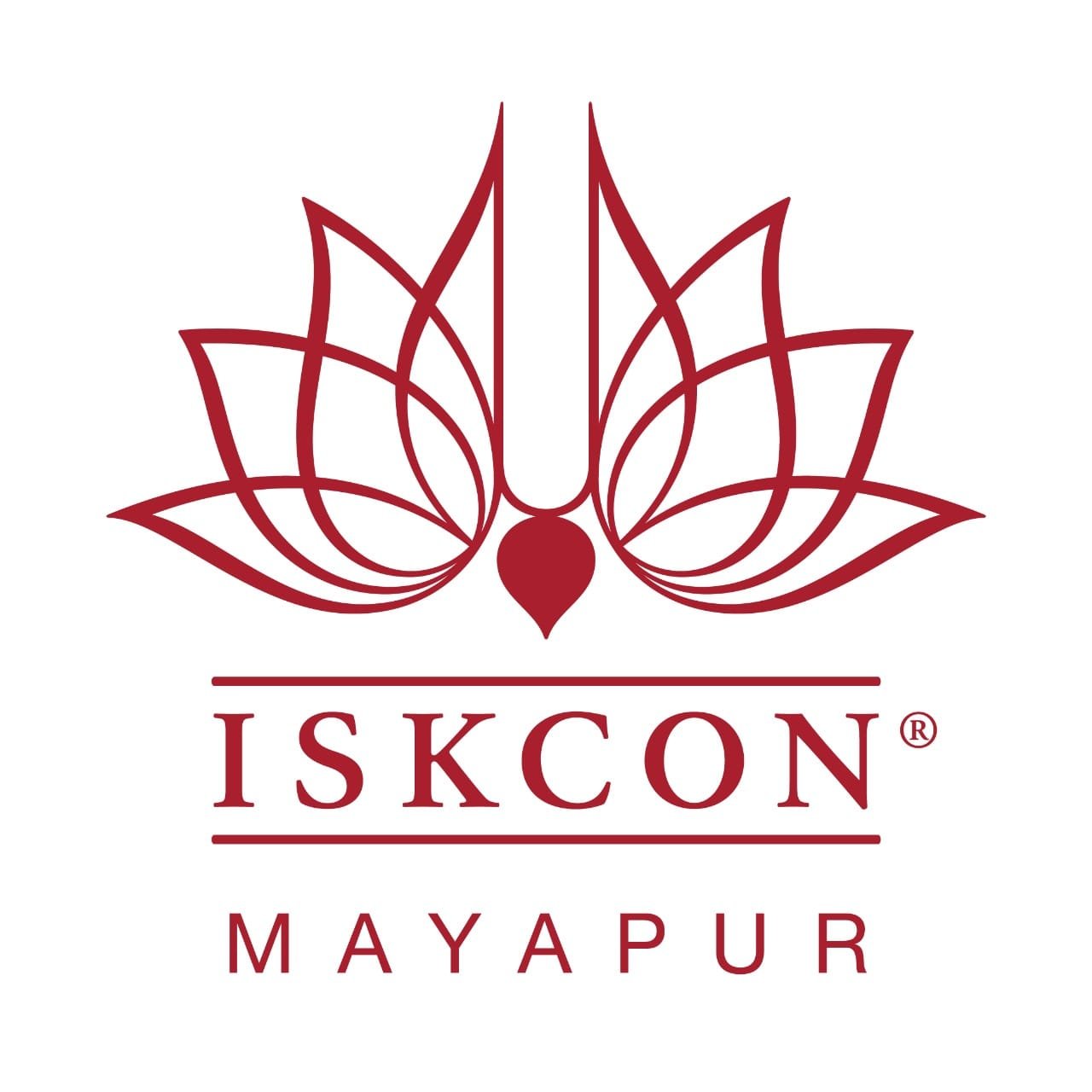
Srila Prabhupada
Just like Caitanya Mahāprabhu. There was a devotee of Caitanya Mahāprabhu. His name was Murāri Gupta. He was physician to the then Nawab, Muslim Nawab. Now, they were sitting. The Nawab was going some hunting excursion or something like that, but he was Nawab's physician. He was to accompany him. So they were sitting on the back of the elephant. In the meantime, that Murāri Gupta saw one peacock, and as soon as he saw the peacock, the feather, he at once remembered Kṛṣṇa and at once fainted and fall down. This is called ālambana. This is called ālambana. Ālambana means anything to the context, immediately he remembers his Lord and becomes ecstatic. This is the first-class stage of Kṛṣṇa consciousness. So there are many instances. Caitanya Mahāprabhu showed this manifestation in His life.
(670317 - Lecture SB 07.07.32-35 - San Francisco)
Although there is no difference between Rāma and Kṛṣṇa, some devotees are attracted with rāma-mūrti and some devotees are attracted with kṛṣṇa-mūrti. But factually there is no difference.
But in the śāstras it is said that if you chant the name of Viṣṇu, viṣṇu-sahasra-nāma, by chanting one thousand times Lord Viṣṇu's name is equal to one name of Rāma. And by chanting three times the name of Lord Rāma it is equal to one name of Kṛṣṇa. This is the verdict of the śāstra. So when we chant Hare Kṛṣṇa, Rāma is there already, three times. It is not that because we are chanting Hare Kṛṣṇa we are neglecting Rāma. No. With each Kṛṣṇa name there are three times Rāma name. That is the verdict of the śāstra.
Besides that, we are chanting also Hare Rāma. Hare Rāma and Sītā-Rāma the same thing. Hare Kṛṣṇa, Hare Kṛṣṇa or Hare Rāma, Hare Rāma, there is no difference. This is also rāma-dhun, Hare Rāma, Hare Rāma, Rāma Rāma, Hare Hare. In the śāstras it is recommended, Agni Purāṇa, Brahmāṇḍa Purāṇa, Kali-santaraṇa Upaniṣad the:
Hare Kṛṣṇa Hare Kṛṣṇa Kṛṣṇa Kṛṣṇa Hare Hare
Hare Rāma Hare Rāma Rāma Rāma Hare Hare
Besides that, when we chant Kṛṣṇa's name, we chant also Lord Rāma's name. Just like in the prayer offered by Śrī Caitanya Mahāprabhu:
kṛṣṇa kṛṣṇa kṛṣṇa kṛṣṇa
kṛṣṇa kṛṣṇa kṛṣṇa he
kṛṣṇa kṛṣṇa kṛṣṇa kṛṣṇa
kṛṣṇa kṛṣṇa kṛṣṇa he
kṛṣṇa kṛṣṇa kṛṣṇa kṛṣṇa
kṛṣṇa kṛṣṇa rakṣa mām
kṛṣṇa kṛṣṇa kṛṣṇa kṛṣṇa
kṛṣṇa kṛṣṇa pāhi mām
rāma rāghava rāma rāghava
rāma rāghava rakṣa mām
kṛṣṇa keśava kṛṣṇa keśava
kṛṣṇa keśava pāhi mām
So devotees, they always chant together Kṛṣṇa's name and Rāma's name.
(740401 - Lecture BG 04.12 Appearance Day, Lord Ramacandra - Bombay)
